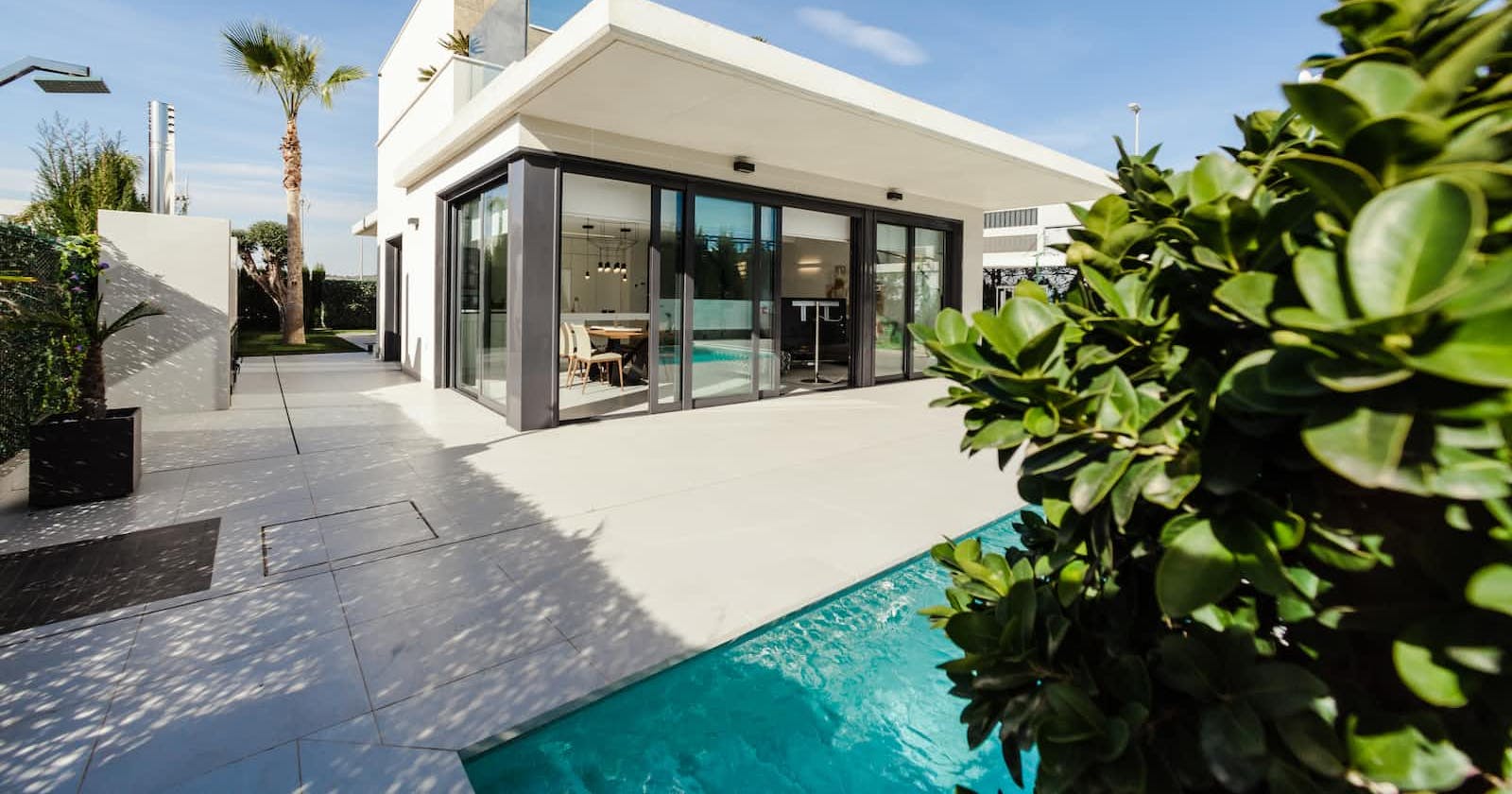
Photo by Ralph (Ravi) Kayden on Unsplash
Top Real Estate Landing Page Designs for Maximum Conversions
In the highly competitive world of real estate, it is essential for agents and brokers to have an online presence that sets them apart from the rest. A well-designed landing page can make all the difference in converting potential clients into paying customers. A poorly designed landing page, on the other hand, can drive visitors away and result in lost business opportunities.
There are several key elements to consider when designing a landing page for a real estate website. These include the overall look and feel of the page, the layout and structure, and the information and features included on the page. In this article, we will examine some of the top real estate landing page designs for maximum conversions and what makes each design so effective.
Sleek and Modern Design
A sleek and modern design can set your real estate landing page apart from the competition and make a strong first impression on potential clients. This design style typically features clean lines, bold typography, and high-quality images that showcase the properties you have for sale or rent.
A modern design can also help to create a professional image for your brand, which is important in the world of real estate where trust and reputation are key. A well-designed modern landing page can demonstrate your expertise and professionalism, making it more likely that potential clients will choose to work with you.
Minimalist Design
Minimalist designs are characterized by their simplicity and lack of clutter. This design style can be particularly effective for real estate landing pages as it allows the properties themselves to take center stage. The focus is on showcasing the properties and the information about them, rather than on the design elements of the page itself.
Minimalist designs are also very versatile and can be adapted to suit a wide range of real estate styles and brands. They are easy to navigate and provide a clean, uncluttered space for potential clients to explore your properties and learn more about your business.
User-Friendly Layout
An effective real estate landing page design must also have a user-friendly layout that makes it easy for visitors to find what they are looking for. This includes clear and easy-to-use navigation, as well as well-organized information about your properties and services.
It is also important to include clear calls to action on your landing page, such as the “Contact Us” or “Learn More” buttons, that guide visitors to take the next step in the conversion process. This can help to increase conversions and ensure that visitors are taking the desired action on your site.
Featured Properties
A key element of any real estate landing page is the featured properties section. This section should showcase the best properties you have available, along with detailed information about each property, such as location, features, and photos.
The featured properties section should be prominently displayed on the landing page and should be easy to navigate. This section can also be designed to highlight the unique selling points of each property, such as location, size, or amenities, to help potential clients make informed decisions about which properties they would like to explore further.
Testimonials and Reviews
Testimonials and reviews from satisfied clients can be a powerful tool in converting potential clients into paying customers. These positive reviews can help to build trust and credibility for your brand and demonstrate your expertise in the real estate market.
It is important to include testimonials and reviews in a prominent position on your landing page, such as in a side bar or at the bottom of the page. This will ensure that visitors see these positive comments and are more likely to be influenced by them when making a decision about working with your business.
Interactive Maps and Virtual Tours
Interactive maps and virtual tours can add an extra level of engagement to your real estate landing page and help potential clients get a better feel for the properties they are interested in. Interactive maps can show the location of properties in relation to key landmarks and amenities, while virtual tours can provide an immersive experience that allows visitors to explore the properties in detail.
These features can be particularly useful for potential clients who are looking to relocate to a new area, as they can help to give them a better understanding of the local area and what it has to offer. They can also help to reduce the number of physical visits to properties, saving both time and money for both the client and the agent.
Mobile Optimization
In today's world, it is essential for real estate landing pages to be optimized for mobile devices. With more and more people using their smartphones and tablets to browse the web, it is crucial to ensure that your landing page provides a seamless user experience on all devices.
A mobile-optimized landing page should have a responsive design that adjusts to the size of the device being used, as well as clear and easy-to-use navigation. This will help to ensure that visitors can easily find what they are looking for, regardless of whether they are using a desktop computer, tablet, or smartphone.
Conclusion
In conclusion, a well-designed real estate landing page can be the key to converting potential clients into paying customers. By incorporating elements such as a sleek and modern design, a minimalist layout, featured properties, testimonials, interactive maps and virtual tours, and mobile optimization, you can create a landing page that stands out from the competition and drives conversions.
So, whether you are a seasoned real estate professional or just starting out in the industry, take the time to carefully consider the design of your landing page and choose the elements that will best help you achieve your goals. With a well-designed landing page, you can be on your way to building a successful real estate business and reaching your full potential.
